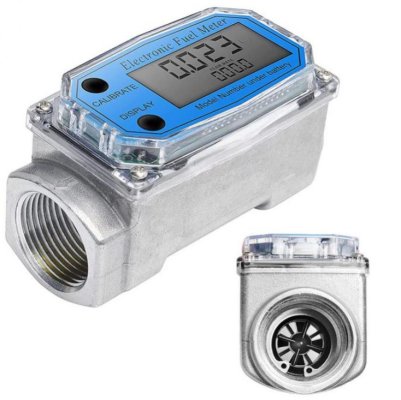Mambo42
Guru
- Joined
- Oct 26, 2021
- Messages
- 989
- Vessel Name
- Endless Summer
- Vessel Make
- 1979 Defever 49
What is it that would block the entire thermostat poppet valve but not a 3 mm hole?
The 3 mm hole is indeed there to avoid air blocks in the system. The hole will equalize the pressure in case there is an air block and since the pressure of the waterpump is so much bigger than the relatively small flow of coolant through that hole, the chance that the thermostat will open late is next to zero.
I have been running this thermostat now for about 60 hours this way and the engine temperature is steady at 78 degrees. Good maintenance practice also tells you to regularly exchange the thermostat, so I will do that every year, just like I change the oil, oil filters, fuel filters etc etc.




 :lol:
:lol:
